For a long time, electric cars didn't rhyme with small budgets, even when we looked at small city cars (a Renault Zoé or a Peugeot e-208 cost more than 35,000 euros). Rather than focusing on this segment, manufacturers preferred to turn to large electric SUV coupes, sedans, or raised family cars, enough to limit the market to models between 35,000 and 80,000 euros.
Summary
But things are changing, and to no longer depend on subsidies like the ecological bonus in France, the industry is once again focusing on price competitiveness. Technological advances are also helping, with LFP batteries that are cheaper than NMC batteries and which fill their efficiency gaps.
The goal is now to offer a range of electric cars for less than 25,000 euros. A first wave of models confirmed customer interest, and electric cars like the Dacia Spring and the MG4 quickly established themselves on our roads. Their success continued until politicians decided to penalize them because of their production in China.
The good news is that the industry on the Old Continent is getting organized. Especially among the French. The market is driven by the strength of the Stellantis and Renault groups, which have chosen to push the door of the €25,000 electric vehicle segment through Citroën with the ë-C3 and Renault with the R5 E-Tech. To the point of overtaking the Volkswagen group, which has not yet launched its rival, the ID.2, scheduled for 2026.
The Asian offensive promises to be strong, despite the customs duties imposed by Europe. Brands like BYD are increasing their factory projects to avoid exporting their models from China, and having to deal with customs duties that would undermine their price competitiveness. In July 2024, Brussels decided on fees rising from 10% to more than 20% or even 38% for certain manufacturers such as the Geely group (Volvo, Polestar, Lynk & Co) and MG Motor.
This transition phase foreshadows a much broader wave of electric car launches under 25,000 euros, with manufacturers such as Tesla and the Volkswagen group (notably Skoda). In total, more than ten models of electric cars under 25,000 euros from European, Chinese and American manufacturers are about to arrive. To find out about all the models, follow our 2024 guide.
Current models under 25,000 euros
An electric car under 25,000 euros is not a dream, unlike an electric car with a 1,000-kilometer range. Models are already available on the market or have even been replaced. Some have already been unveiled and will open for orders in the coming months. Here is the list.
- Renault R5 E-Tech
- MG4
- Dacia Spring
- Citroën ë-C3
- Hyundai Inster
- Fiat Grande Panda
- Leapmotor T03
Renault R5 E-Tech
The Renault R5 E-Tech began ordering in May 2024, and the first units hit the roads in the fall. At the beginning of January, the diamond-shaped brand already announced 10,000 deliveries for the Techno and Iconic 5 versions, forming the top of the range. The city car, which clearly places an emphasis on style, has not yet launched its Five version, priced at less than 25,000 euros. For the moment, you have to opt for the Evolution Urban version, at 27,990 euros, with the 40 kWh battery and the 120 hp engine. Thanks to the ecological bonus, its price can fall below 25,000 euros.
- Price: 27,990 euros
- Range: 300 km
- Power: 120 hp
- Charging: 80 kW
MG4
While Europe has voted for new, higher customs duties, MG Motor is struggling to continue offering its MG4 for less than €25,000. The Chinese brand seems to be doing well, as after guaranteeing that its prices would not change from July to September 2024, its electric car is still available for €24,990. The model is no longer as popular as it once was, having previously ridden the wave of electric cars costing less than 100 euros per month (thanks to the 5,000 euro ecological bonus).
- Price: 24,990 euros
- Range: 365 km
- Power: 170 hp
- Charging: 117 kW
Dacia Spring
The cheapest electric car in France is the Dacia Spring. Despite a price increase of 500 euros last year, the city car remains under 25,000 euros, and even 20,000 euros, with a starting price of 18,400 euros for the Expression trim. The manufacturer has renewed the Spring with a new restyled version, marking the moment when Dacia lost its eligibility for the ecological bonus (because the car is produced in China). Comparing its price-performance ratio with that of the Citroën ë-C3, the Dacia Spring is no longer so advantageous.
- Price: from 18,400 euros
- Range: 220 km
- Power: 65 hp
- Charging: 7 kW
Citroën ë-C3
The Dacia Spring eater comes from Citroën. The new ë-C3 has arrived with two trim levels starting at €23,300 and costs less than €20,000 provided you benefit from the €4,000 eco-bonus. It isn't much more powerful than a Dacia Spring, but offers a longer range (320 km WLTP) and better interior space thanks to an additional 28 centimeters in length, 5 cm in height, and 14 cm in width. The electric city car shares its platform with the Fiat Grande Panda, which arrives in March 2025.
- Price: 23,300 euros
- Range: 324 km
- Power: 113 hp
- Charging: 100 kW
Hyundai Inster
Available to order since October 2024, the Hyundai Inster is one of the latest electric city cars launched for less than 25,000 euros. With its raised off-road look, it features a 42 kWh battery connected to a 97 hp motor in its entry-level version, the basic "Inster" trim. The second trim level, Intuitive, increases to 26,500 euros. A larger 49 kWh battery connected to a 115 hp motor is also available. The city car is also available for financing from 130 euros per month.
- Price: 25,000 euros
- Range: 300 km
- Power: 97 hp
- Charging: 11 kW
Fiat Grande Panda
The latest addition to Stellantis' Smart Car platform, the Fiat Grande Panda has global ambitions, with sales in Europe, Africa, and Latin America. Available at €24,900, it costs slightly more than the first version of the Citroën ë-C3, its technical cousin, but has more equipment. The La Prima version, at €27,900, can still be under €25,000 thanks to the eco-bonus. It adds a central armrest, integrated navigation, a reversing camera, yellow paint and specific rims.
- Price: 24,900 euros
- Range: 320 km
- Power: 113 hp
- Charging: 100 kW
Leapmotor T03
In the Stellantis galaxy, the Chinese manufacturer Leapmotor has entered the European market with a 21% stake. Arriving in France, the brand is offering the T03, a 3.62 m long electric city car, equipped with a 95 hp engine and a 37.3 kWh battery, for a maximum range of 265 km according to the WLTP cycle. Its price? €19,500. Enough to rival the Dacia Spring, especially since it has access to various introductory offers, reducing the price by several hundred euros. In 2025, Stellantis hopes to make it eligible for the ecological bonus by migrating production to Poland.
- Price: 19,500 euros
- Range: 265 km
- Power: 95 hp
- Charging: 48 kW
Future models under 25,000 euros
From 2026, the horizon will broaden and the list of electric cars under 25,000 euros will grow. In the next four years, here are all the models that brands have already planned or announced.
- Future Renault Twingo electric (2026)
- Nissan Micra electric (2026)
- Volkswagen ID.2 (2025)
- Volkswagen ID.1 (2027)
- Cupra Raval (2025)
- Skoda Epiq (2025)
- Tesla Model Q (2025)
- Nio Firefly (2025)
- BYD Dolphin Mini (2026)
Renault Twingo electric (summer 2026)
Alongside an R4 E-Tech which is to succeed the old 4L in the form of an electric SUV (priced at 30,000 euros), Renault is preparing an electric Twingo for summer 2026. Unlike the upcoming R4 E-Tech, the electric Twingo should remain under 25,000, and even intends to target 20,000 euros, with three versions ranging from 19,900 to 23,900 euros. It will reportedly feature an 82 hp engine for fuel consumption under 10 kWh/100 km, thanks to a technical design from the Chinese company Launch Design.
Nissan Micra electric (2026)
After the Nissan Leaf, the future strike force of the Japanese brand must be the electric Nissan. Despite its divorce from Renault, this model will be released with the diamond-shaped company. It will use the AmpR Small platform, the one made popular with the R5 E-Tech. Unsurprisingly, it would thus use the same batteries (40 and 52 kWh) and three power levels (95, 120 and 150 hp) and would be produced in France.
Volkswagen ID.2 (current 2025)
With the concept car called ID.2all, Volkswagen is preparing its affordable electric car and planning its production version ID.2 for 2025. In the coming months, the German manufacturer is expected to unveil its small city car, a competitor to the R5 E-Tech and Citroën ë-C3. The Volkswagen ID.2 will be smaller than the ID.3 but larger than the future ID.1. With it, Volkswagen wants a new starting point, while its recent news has revolved more around its waves of layoffs in Germany.
Volkswagen ID.1 (2027)
Volkswagen's cheapest electric car won't just be priced at €25,000. It will be the ID.1, which will cost €20,000. We already know that it will be produced in Portugal and will be based on the lines of the recent ID.EVERY1 concept car, which was recently unveiled at a private event in Düsseldorf, Germany. Production of the Volkswagen ID.1 will be delayed, however, as the electric city car is not expected before 2027. However, it should be based on the same platform as the ID.3, namely the MEB platform.
Cupra Raval (courant 2025)
From the youngest brand of the Volkswagen group, Cupra, a model for less than 25,000 euros is arriving and it is not a variation of the Cupra Born. The Cupra Raval will arrive later this year, before an SUV version completes its range in 2028. It is a 4.03 m long city car, derived from the Cupra UrbanRebel concept, presented at the 2023 Barcelona Motor Show as a model that will democratize urban electric mobility. It will have 226 hp and up to 440 km of autonomy.
Skoda Epiq (current 2025)
Continuing within the Volkswagen group, after the ID.2 and the Raval, it will be up to Skoda to present its Epiq, a small urban SUV for less than 25,000 euros. It is expected this year, 2025, with a length of 4.10 m, which is currently equivalent to a Citroën ë-C3. Its release is announced for next year with a range of 400 km. It will also, and above all, be one of the first models to inaugurate Skoda's new design guidelines.
Tesla Model 2 (current 2025)
On the American side, the big news we're waiting for is the Tesla Model Q. Given the brand's declining sales at the start of 2025, Tesla has no choice but to launch a new model, and if possible at an attractive price. Its plans for the Model Q returned to the forefront at the end of last year, and there's now talk of a presentation of the car in the coming weeks, with a market launch during the first half of the year. It would be a sort of Cybercab with a steering wheel, or a lower and smaller Model Y. Due to cost concerns, the Tesla Model Q is reportedly switching to LFP batteries rather than NMC.
Which Chinese models in Europe under 25,000 euros?
Faced with new import fees for Chinese manufacturers in Europe, we could see brands like BYD, NIO, and Chery establish numerous factories on our continent. Hungary is already home to BYD, and Spain has opened its doors to Chery. By 2030, it is estimated that around ten sites belonging to Chinese manufacturers will open their doors in Europe. The key: many electric cars for less than 25,000 euros.
Nio Firefly (second half of 2025)
One of the most recent announcements comes from Nio, which has hinted at the arrival in Europe of a sub-brand called Firefly in late 2024. Its goal is to offer more accessible electric car models, both in China and in Europe. Measuring 4 meters long, it will use a 42 kWh battery, and Nio announces a maximum range of 420 km (Chinese homologation cycle, which is more optimistic). Nio would like to market the Firefly from the second half of 2025, at a price of less than 20,000 euros.
BYD Dolphin Mini (2026)
Previewed in France at the beginning of the year, the BYD Seagull is a real hit in China. The Chinese brand plans to bring it to Europe once its Hungarian factory is operational, and its name will be replaced by BYD Dolphin Mini. It will be 3.90 meters long and will feature a relatively small LFP battery, since it should not exceed 40 kWh, coupled with a 75 hp engine.
Geely Galaxy E8
At Geely, the Chinese parent company of Volvo, Polestar, and Lotus, the "Galaxy" brand has released a sedan for less than 25,000 euros, called the E8. It is a model much further from us than all the others mentioned above, as it is only intended for China. Nevertheless, it shows that a group whose brands are also located in Europe has plans to launch a model for less than 25,000 euros that is not limited to a city car silhouette.
Wuling Bingo
Unknown to the general public, the Wuling brand intends to take on BYD and its Dolphin Mini. This manufacturer, founded in 2007, has returned to the hunt with the Bingo, which it does not intend to limit to the domestic market. We should not expect miracles either, because the car is close to a microcar in terms of style and technology. The Chinese version draws between 40 and 70 hp depending on the version, with a battery of only 17.3 kWh, for barely 200 kilometers of autonomy.
Old models under 25,000 euros withdrawn from production
Until 2024, the French car market also had these models under 25,000 euros:
- Renault Twingo E-Tech
- Volkswagen e-Up!
- Fiat 500e
Renault Twingo E-Tech
Despite a price slightly higher than 25,000 euros (25,500 euros), the Renault Twingo E-Tech has flooded the market with government aid for an electric car at less than 100 euros per month. Available from 2020 until the first half of 2024, it benefited from the ecological bonus. Its customers could not exceed 190 km of autonomy in the combined cycle, however, making the city car a model far from versatile, and too expensive for the time.
Volkswagen e-Up!
Volkwagen marketed the e-Up! until 2023, at a price of €28,030, reduced to €23,030 with the ecological bonus. This corresponds to a price of €24,030 with the €5,000 ecological bonus at the time. Like the Renault Twingo E-Tech, the Volkswagen e-Up! was no longer up to date in terms of technology. It did not exceed 260 kilometers of autonomy, despite a small engine of less than 100 hp. In terms of fast charging, it did not exceed 40 kW on a direct current socket.
Fiat 500e
Due to the model's low popularity, Fiat has decided to withdraw the electric 500 from production in early September 2024. Production was due to resume at the beginning of the year, but Fiat never relaunched it. So much so that Fiat's electric strategy now involves production in Serbia, with the Grande Panda, which offers a much greater range.

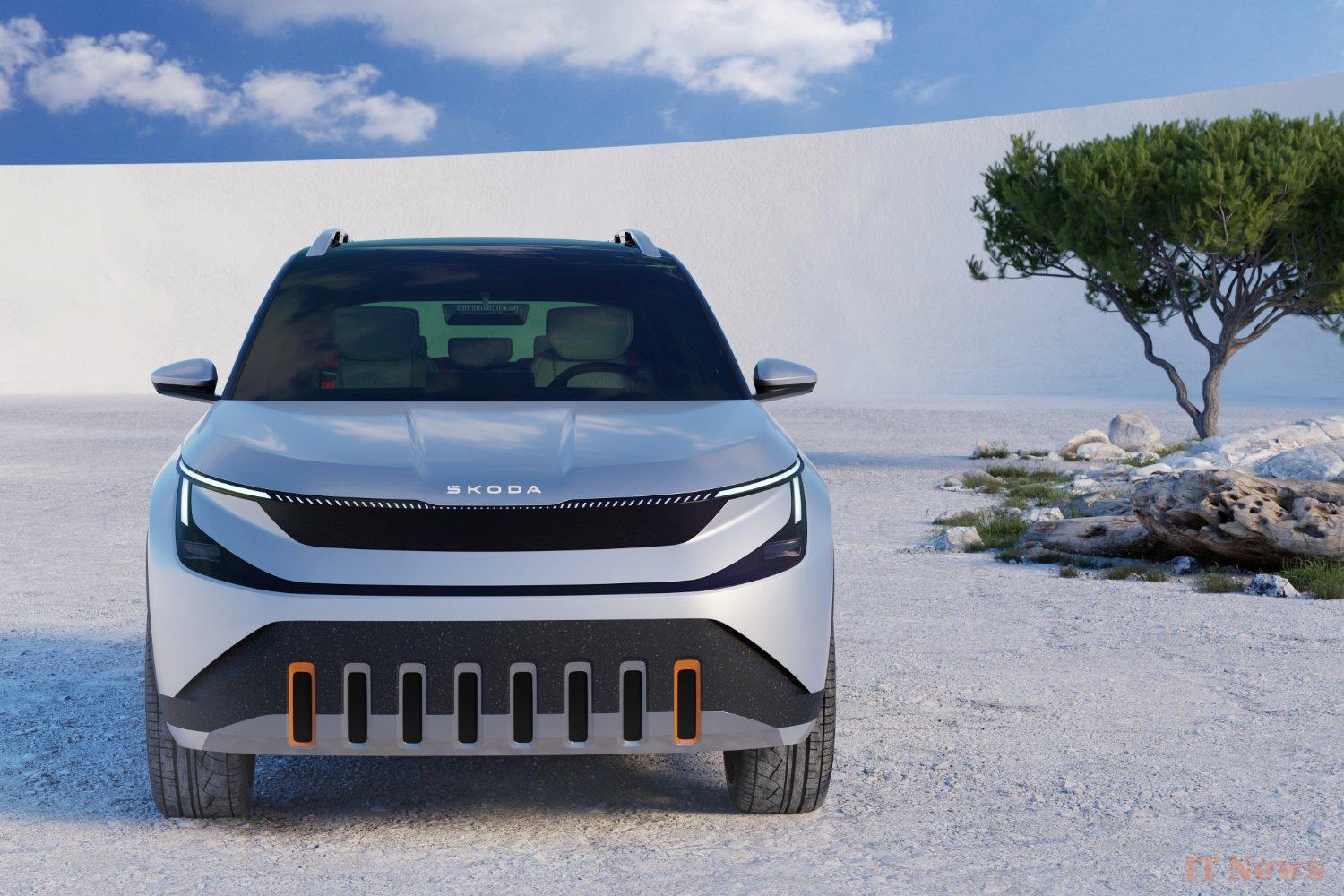
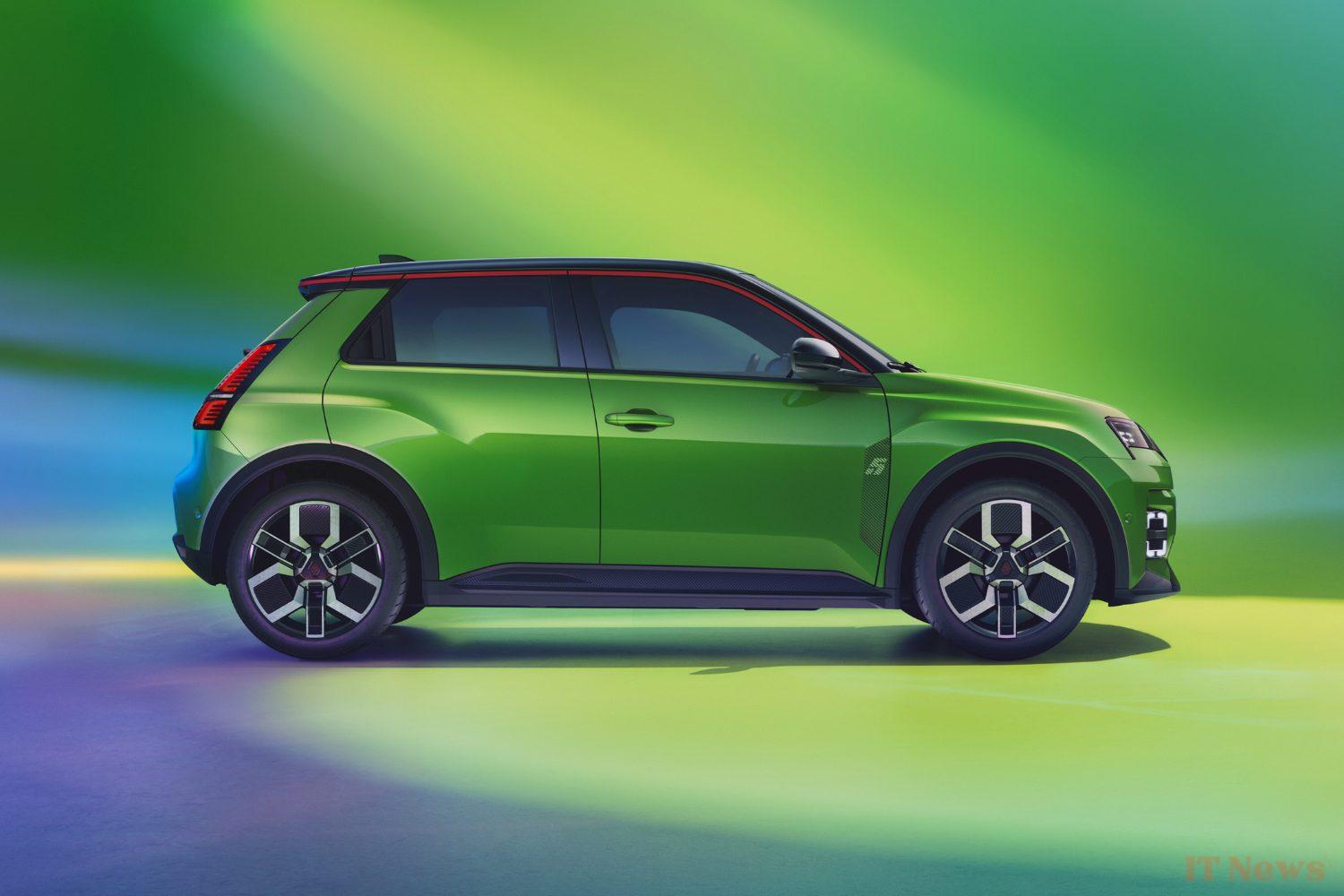
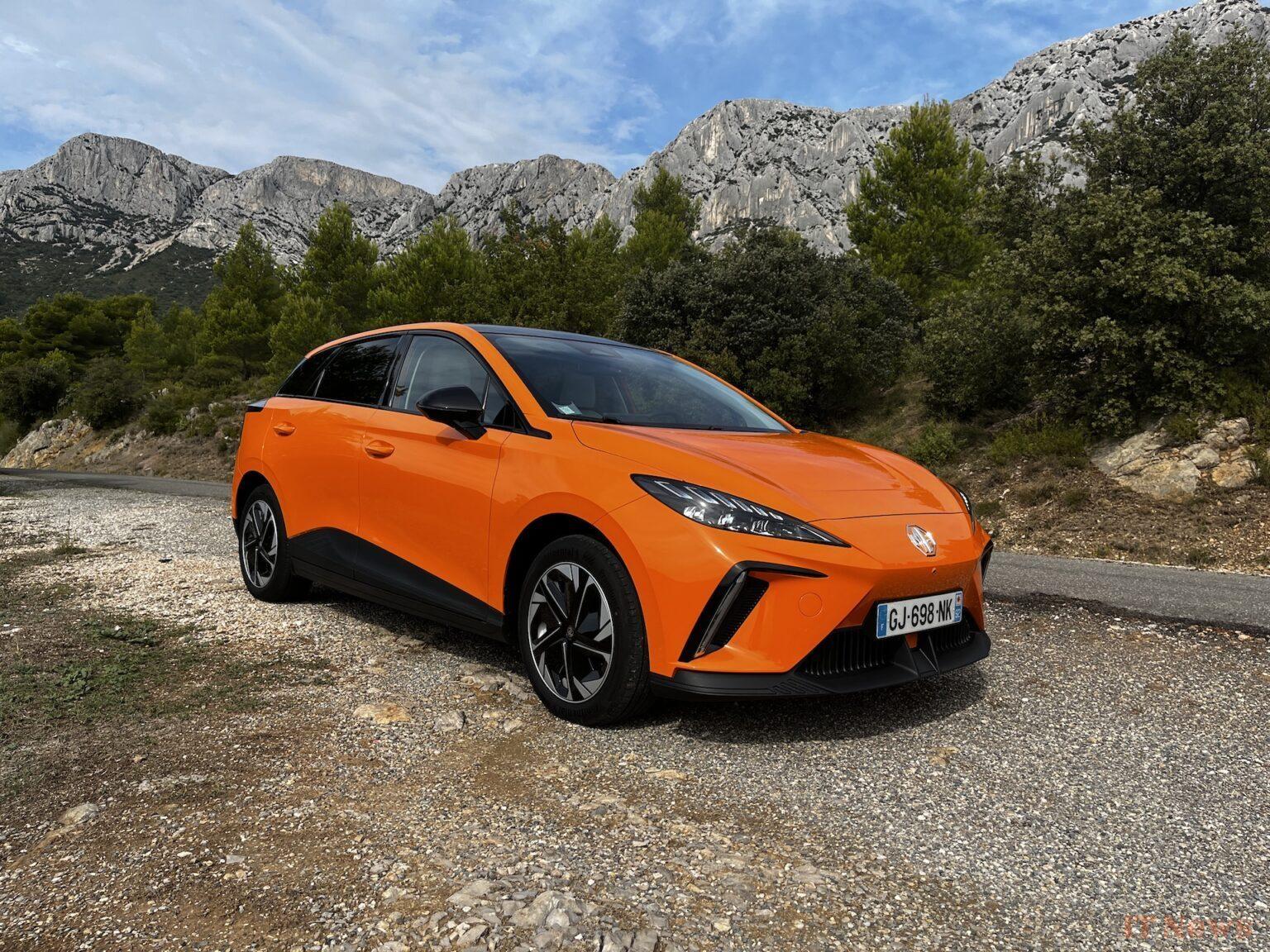
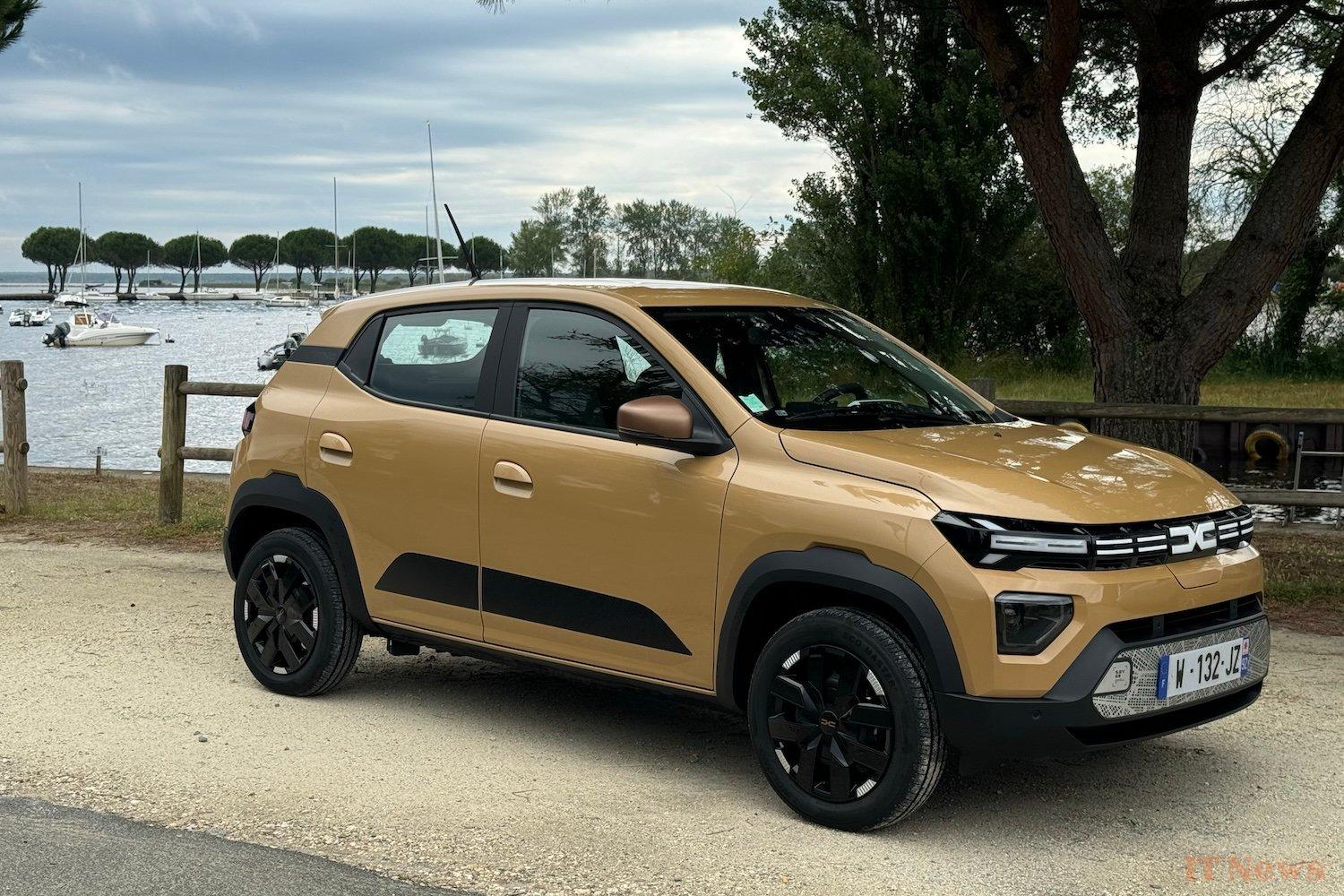

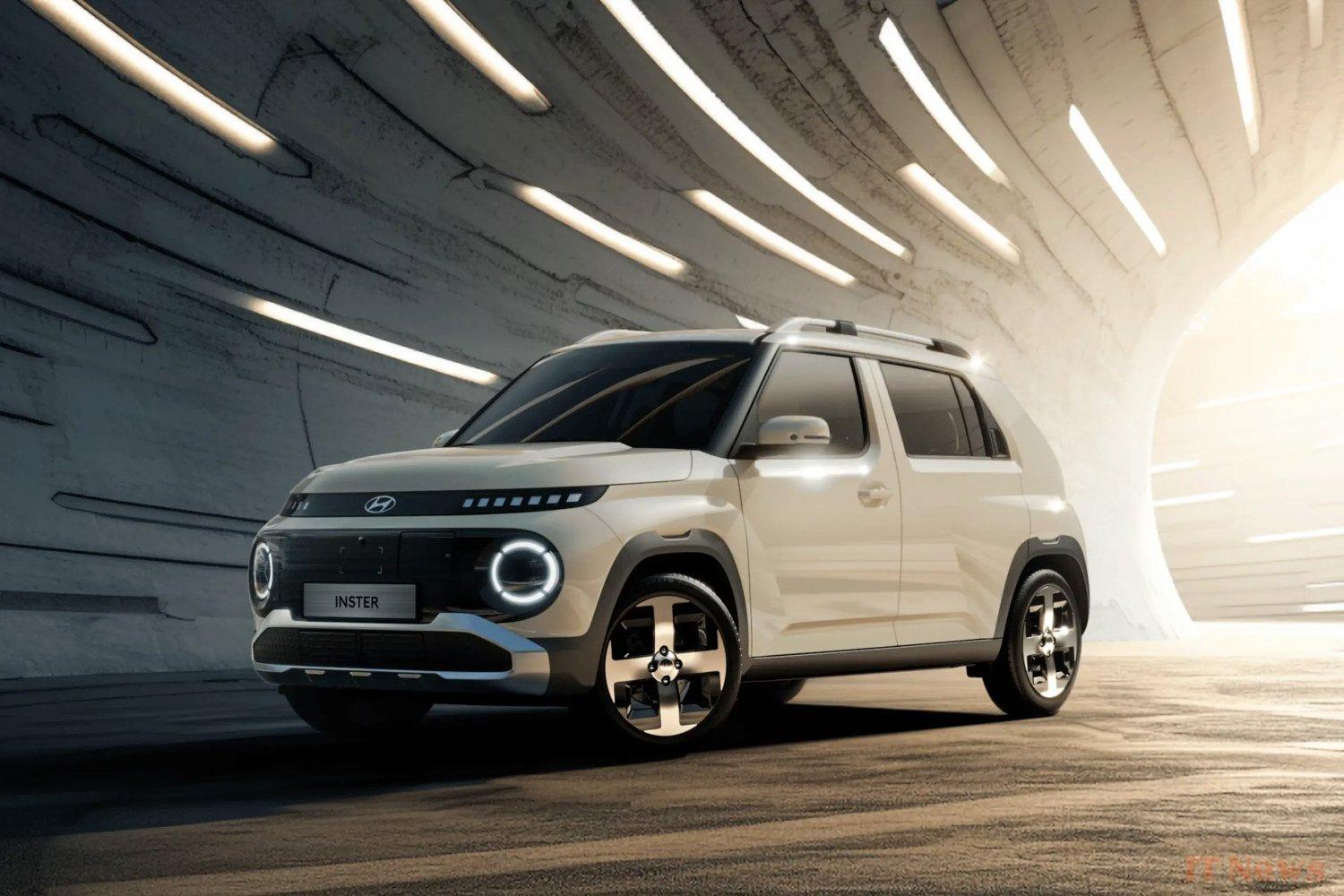
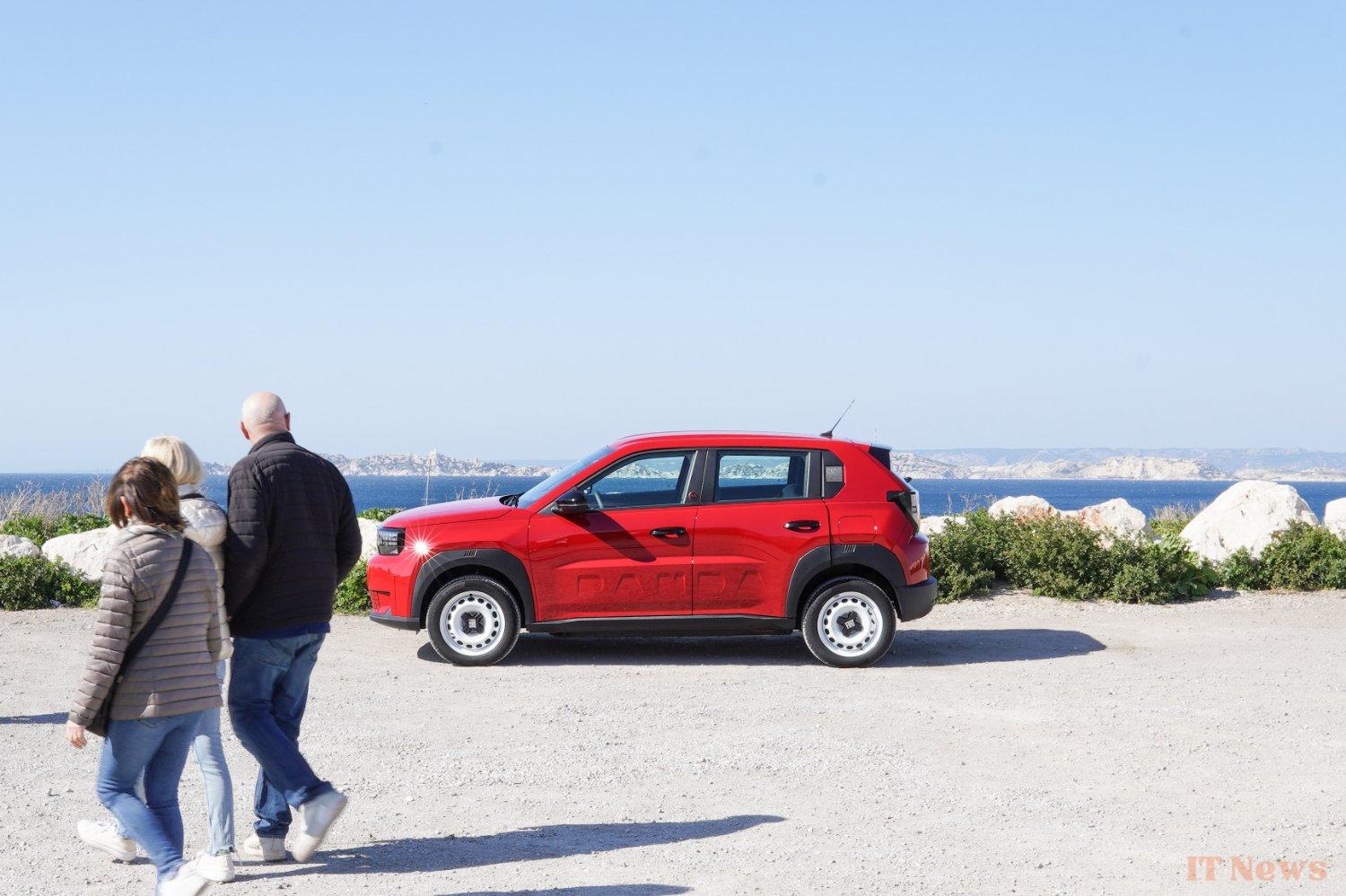
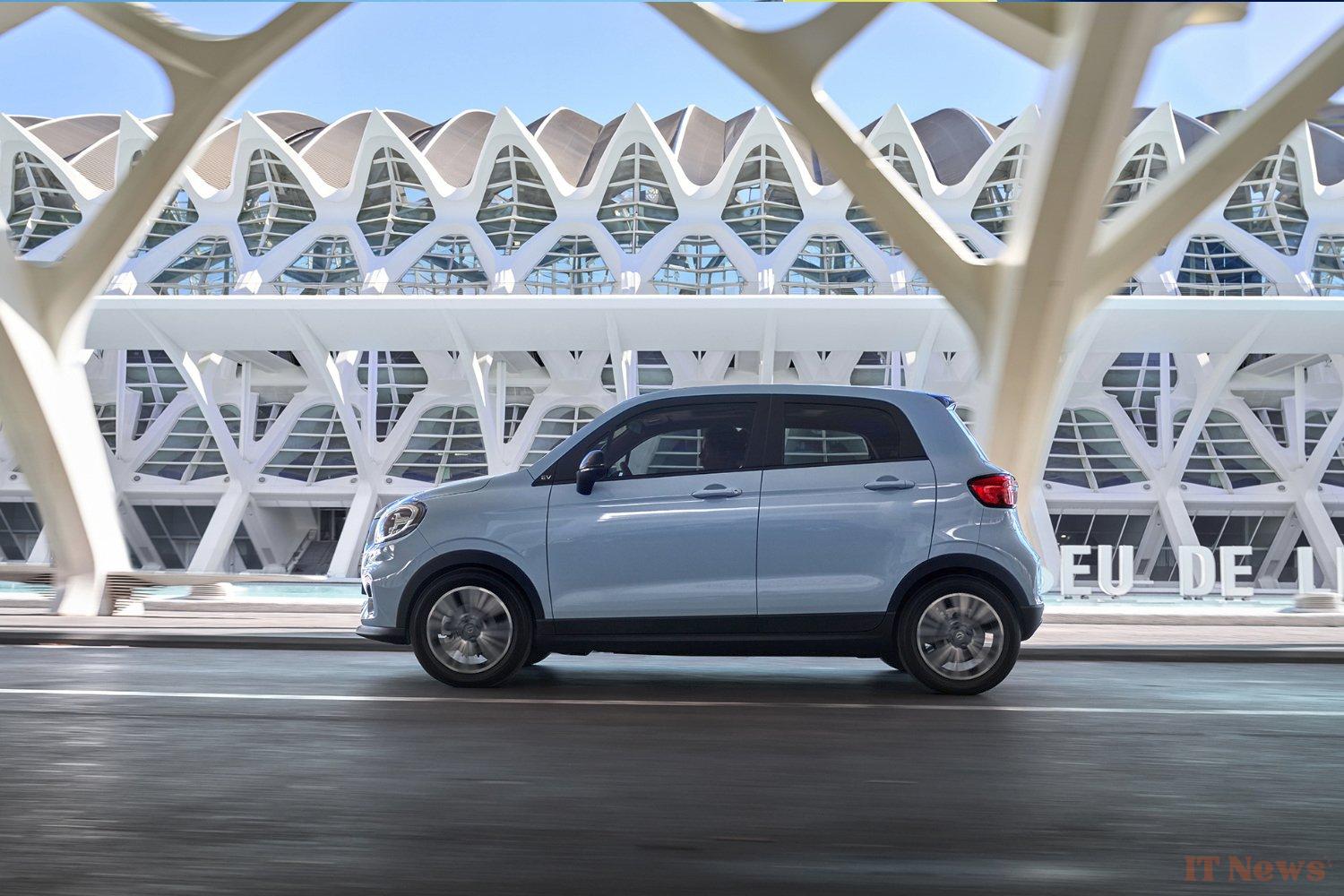
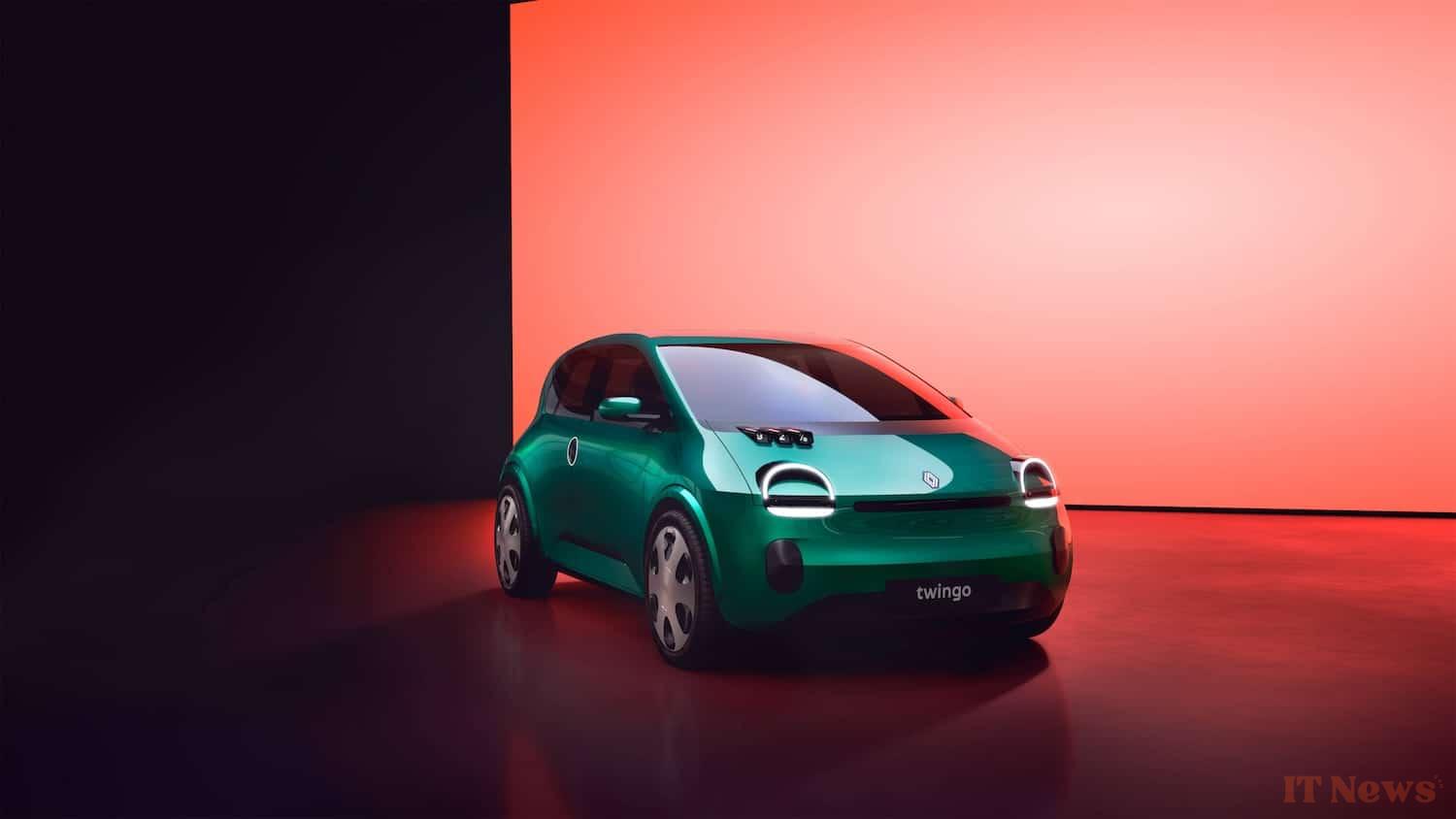
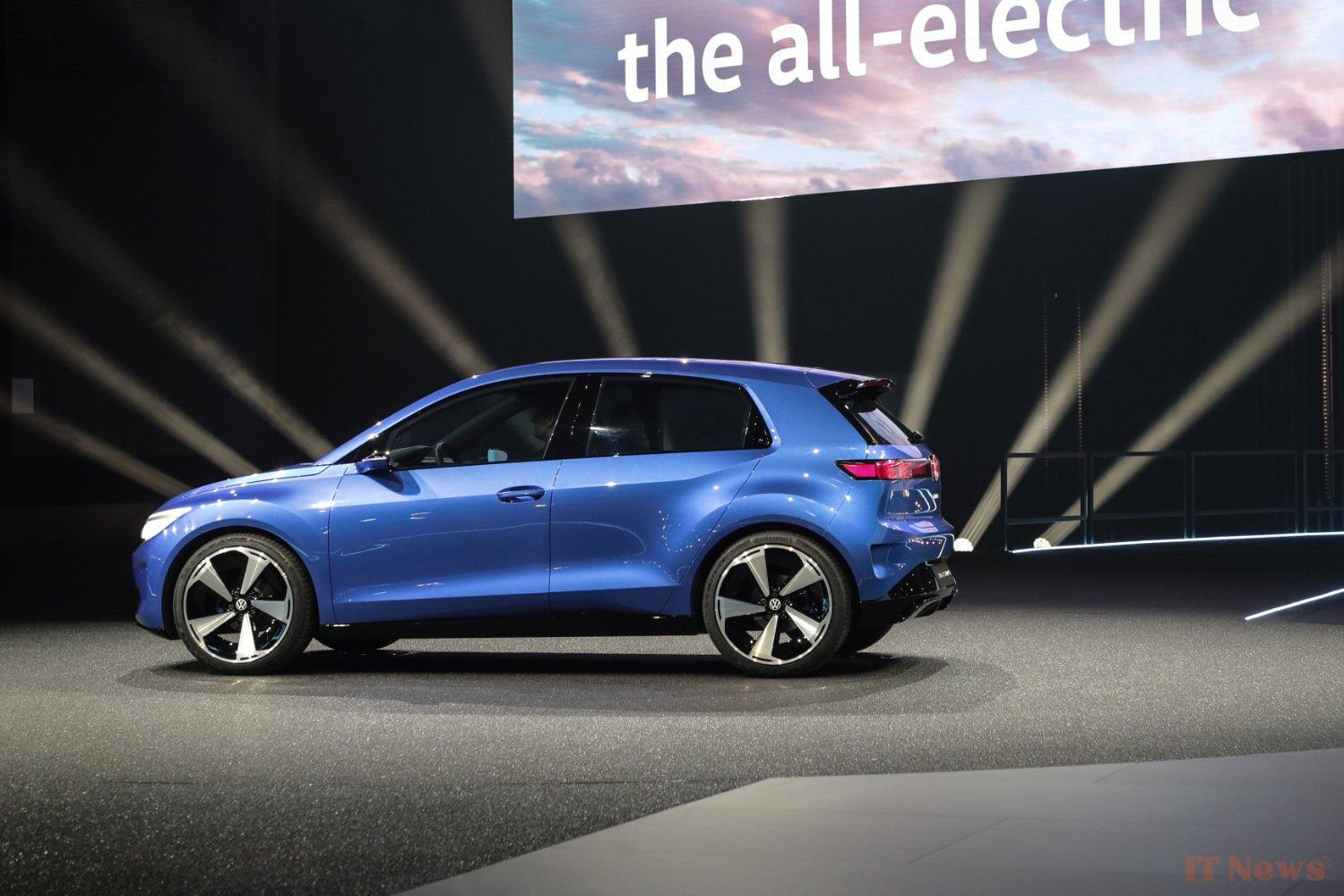
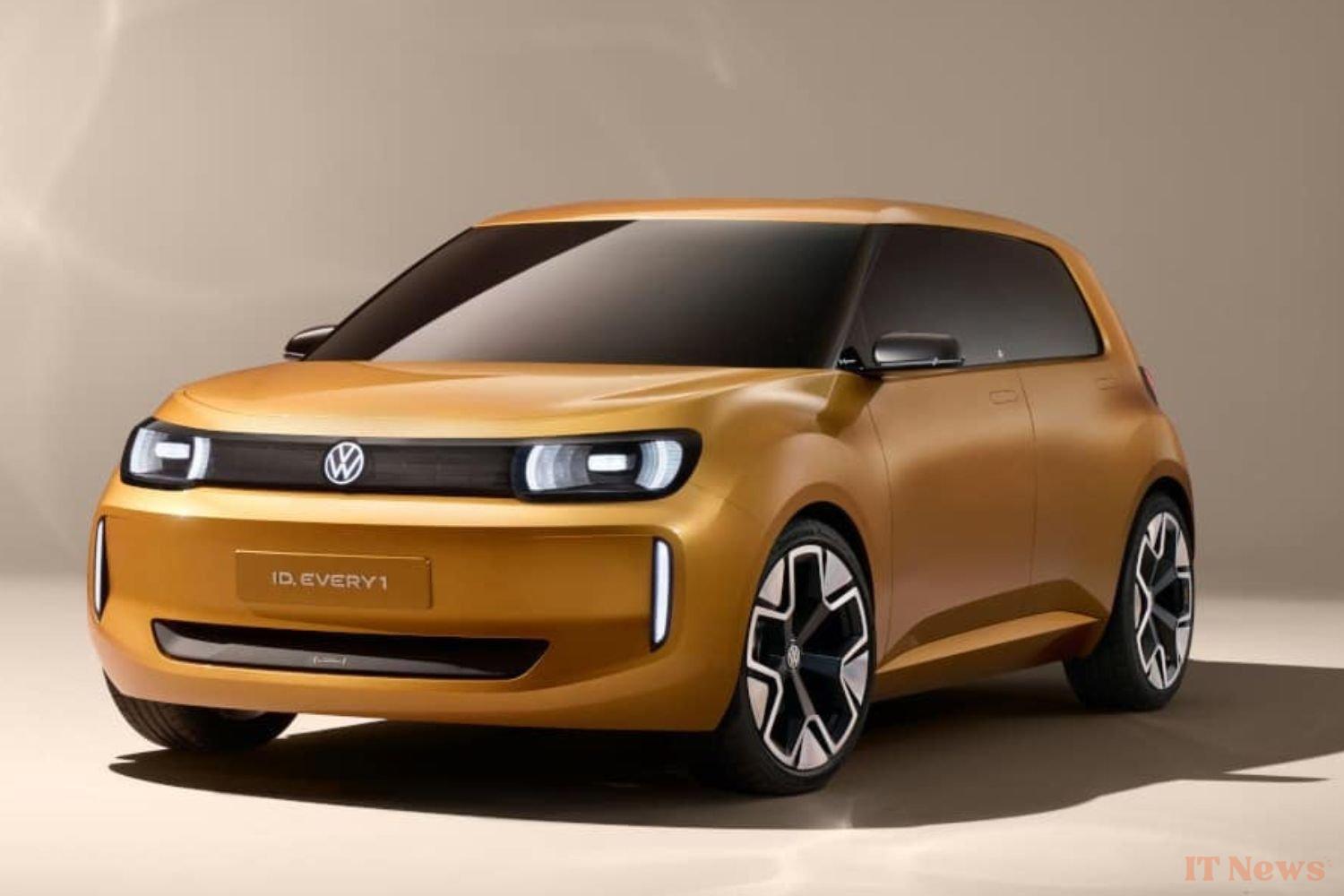
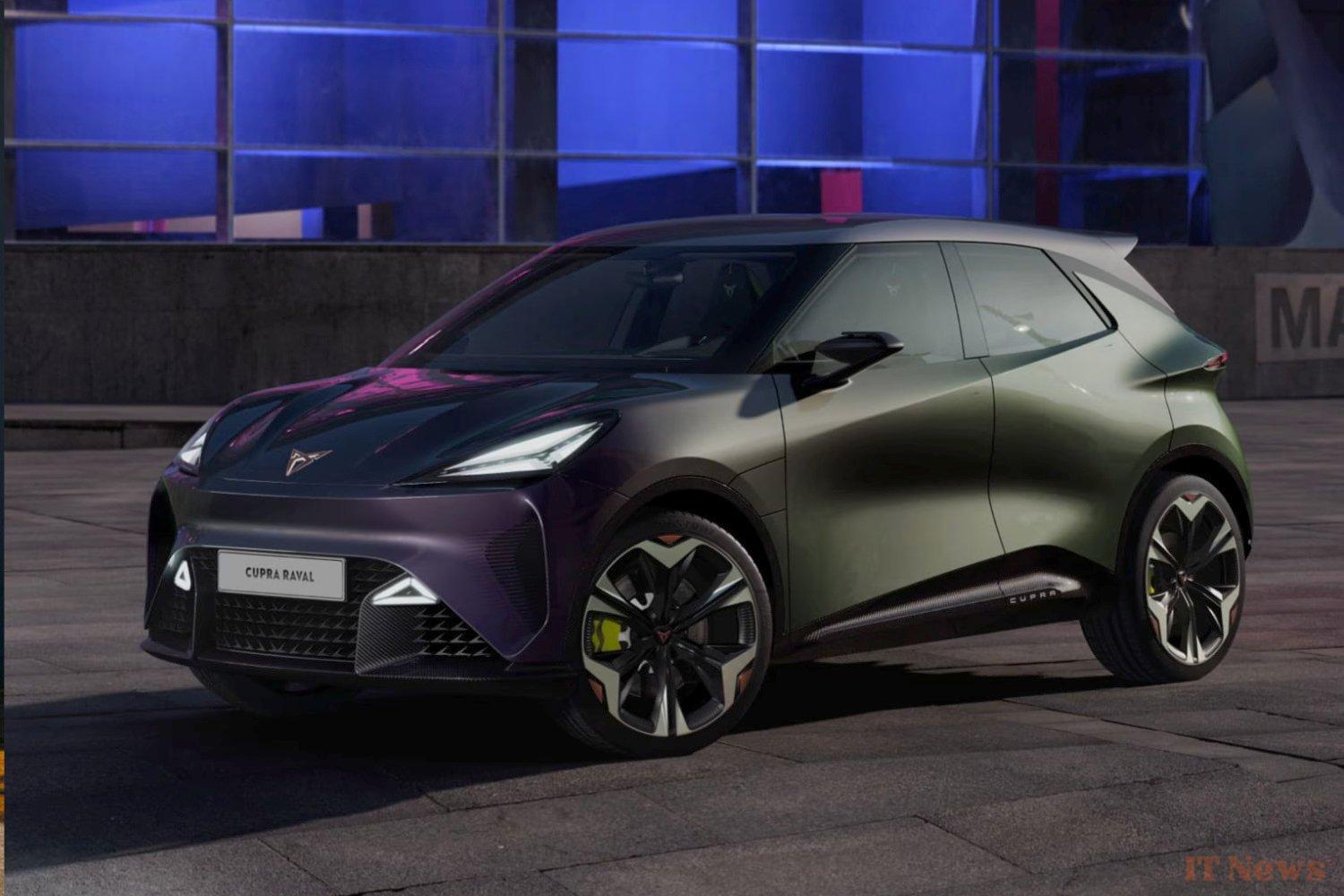
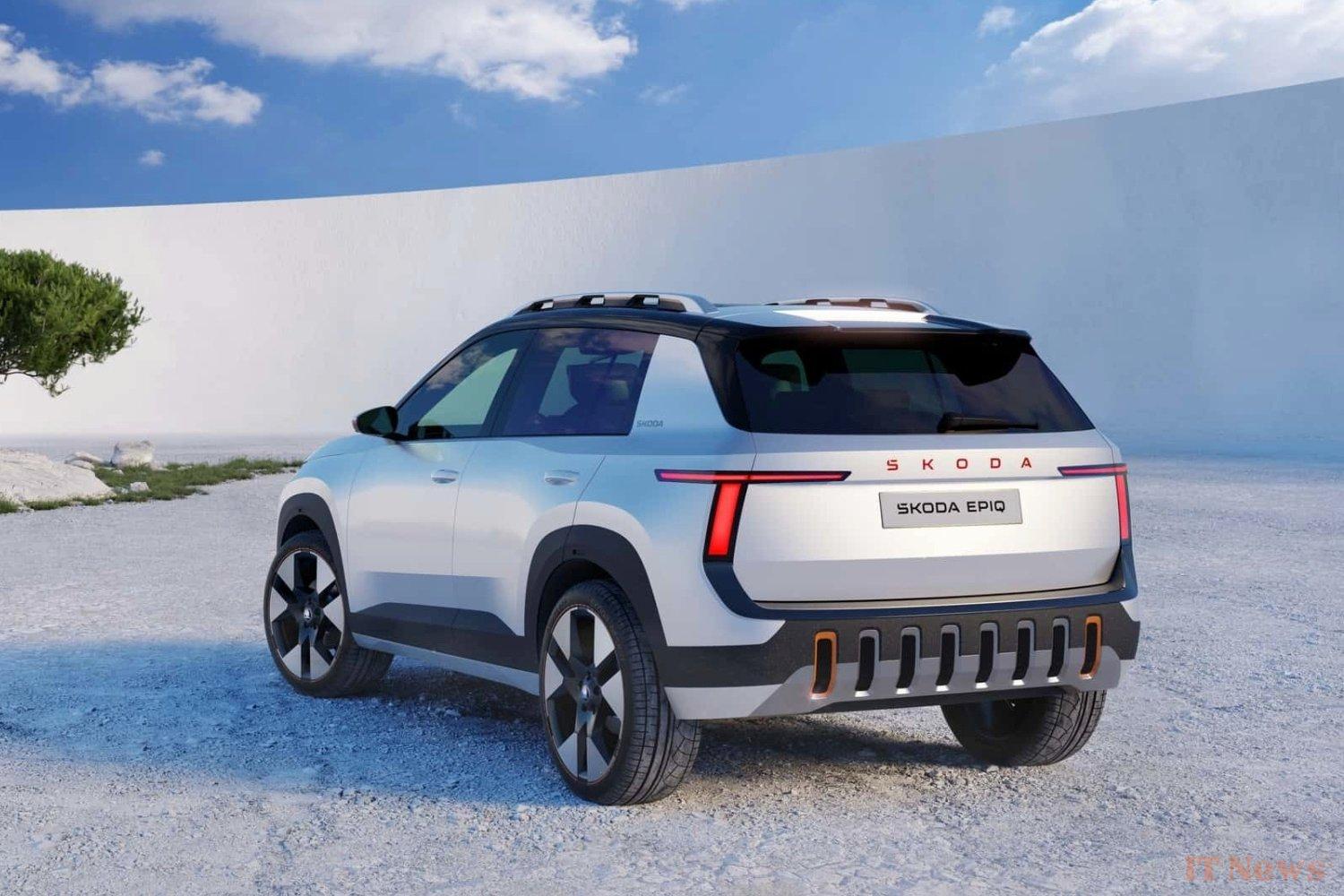
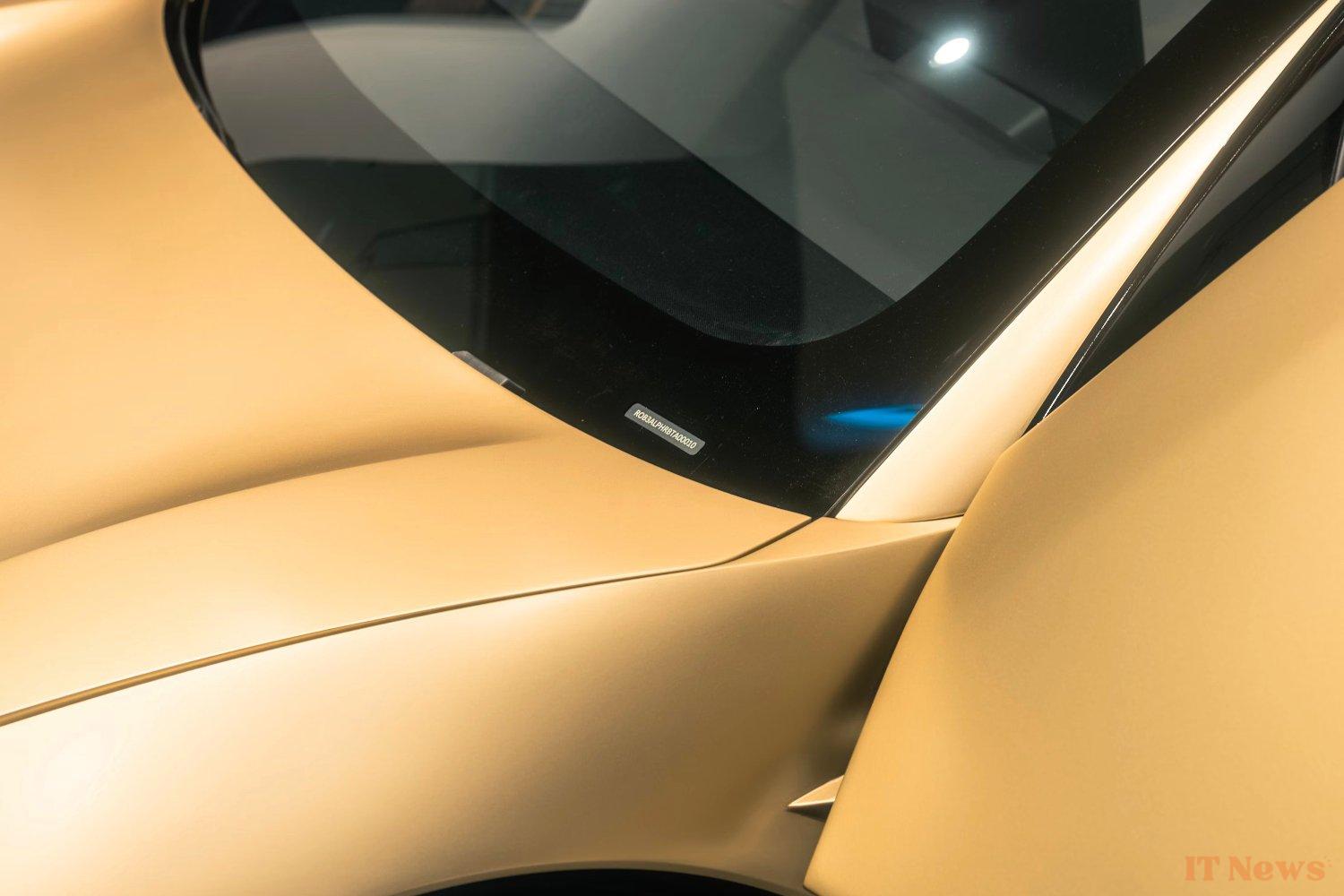
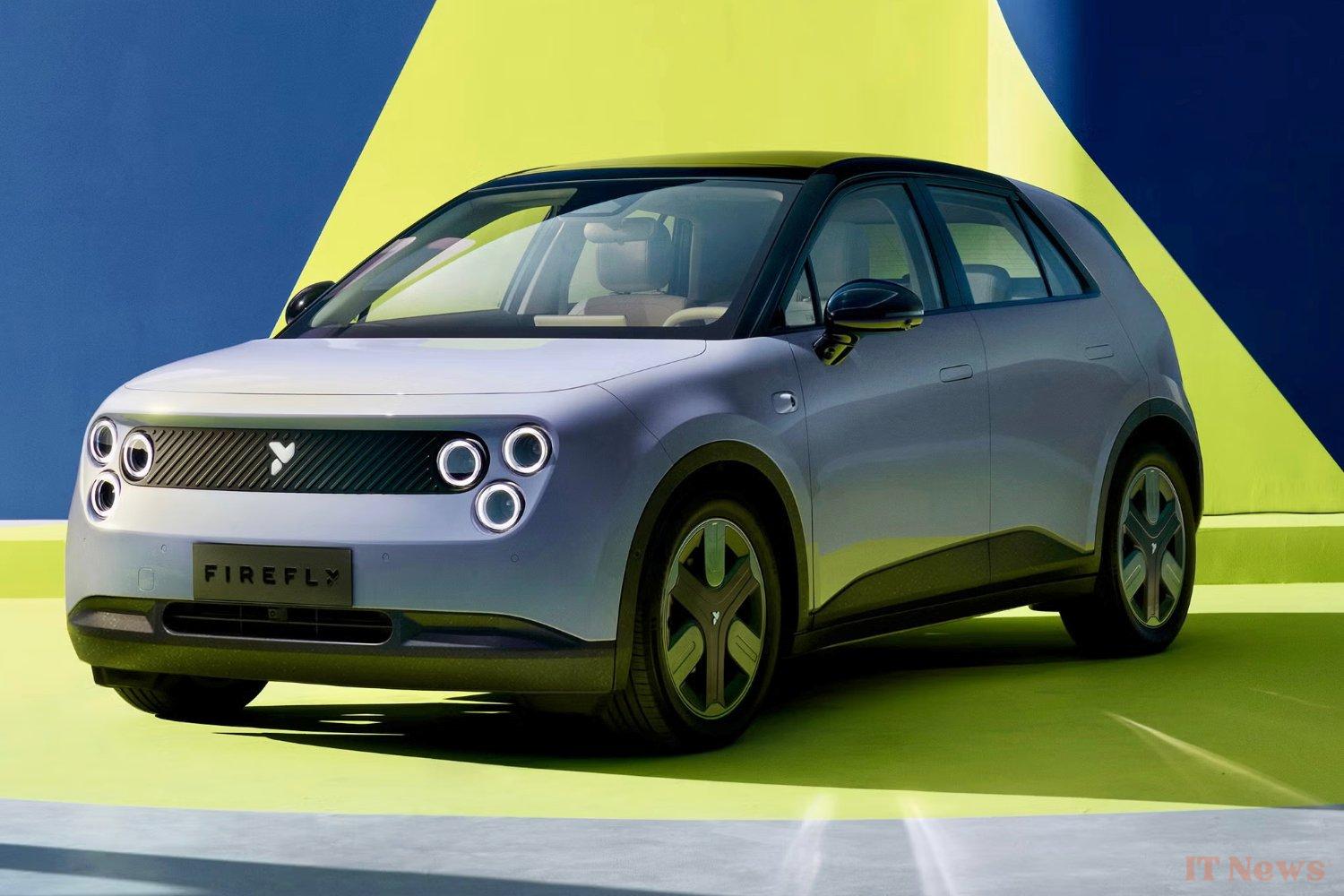
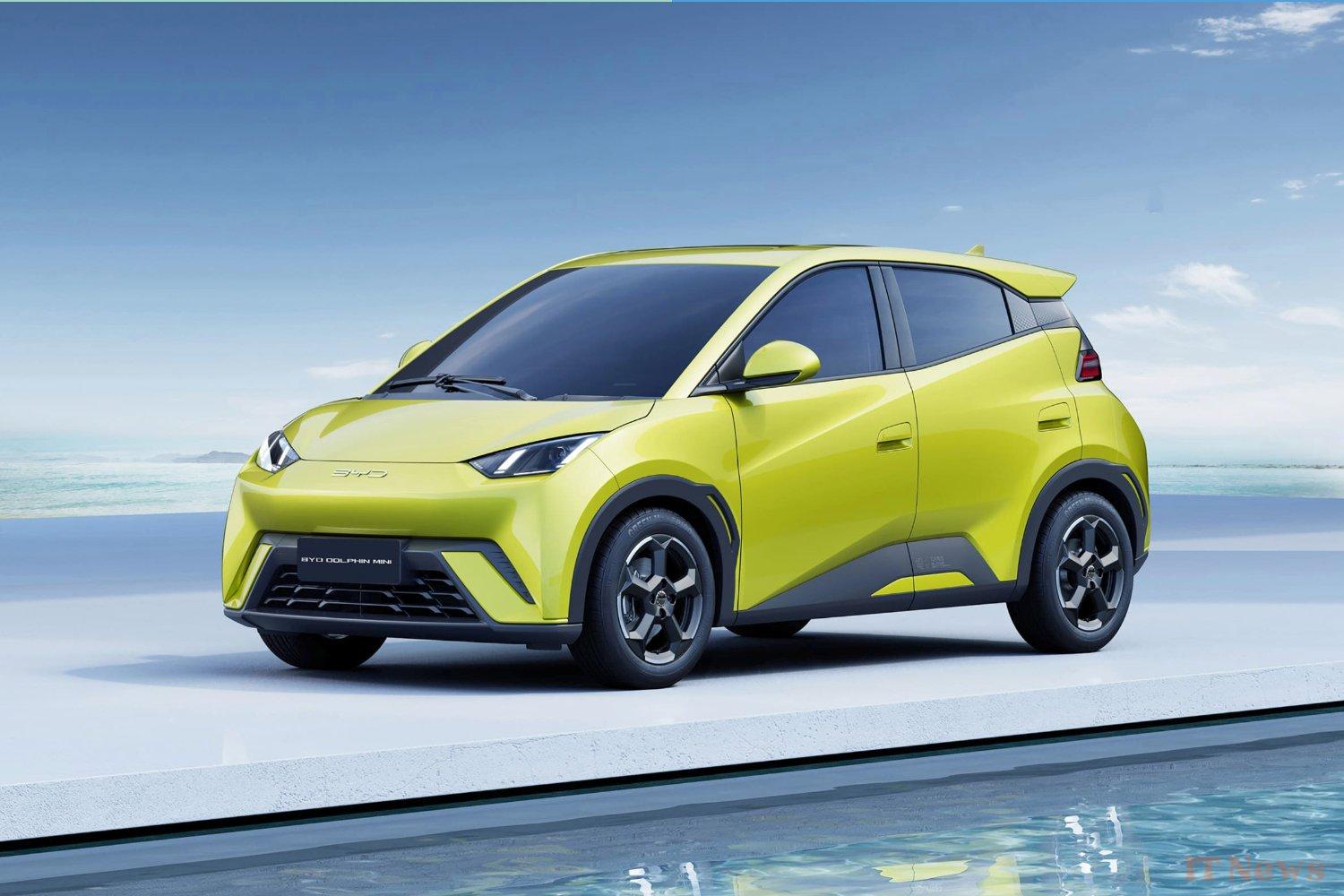
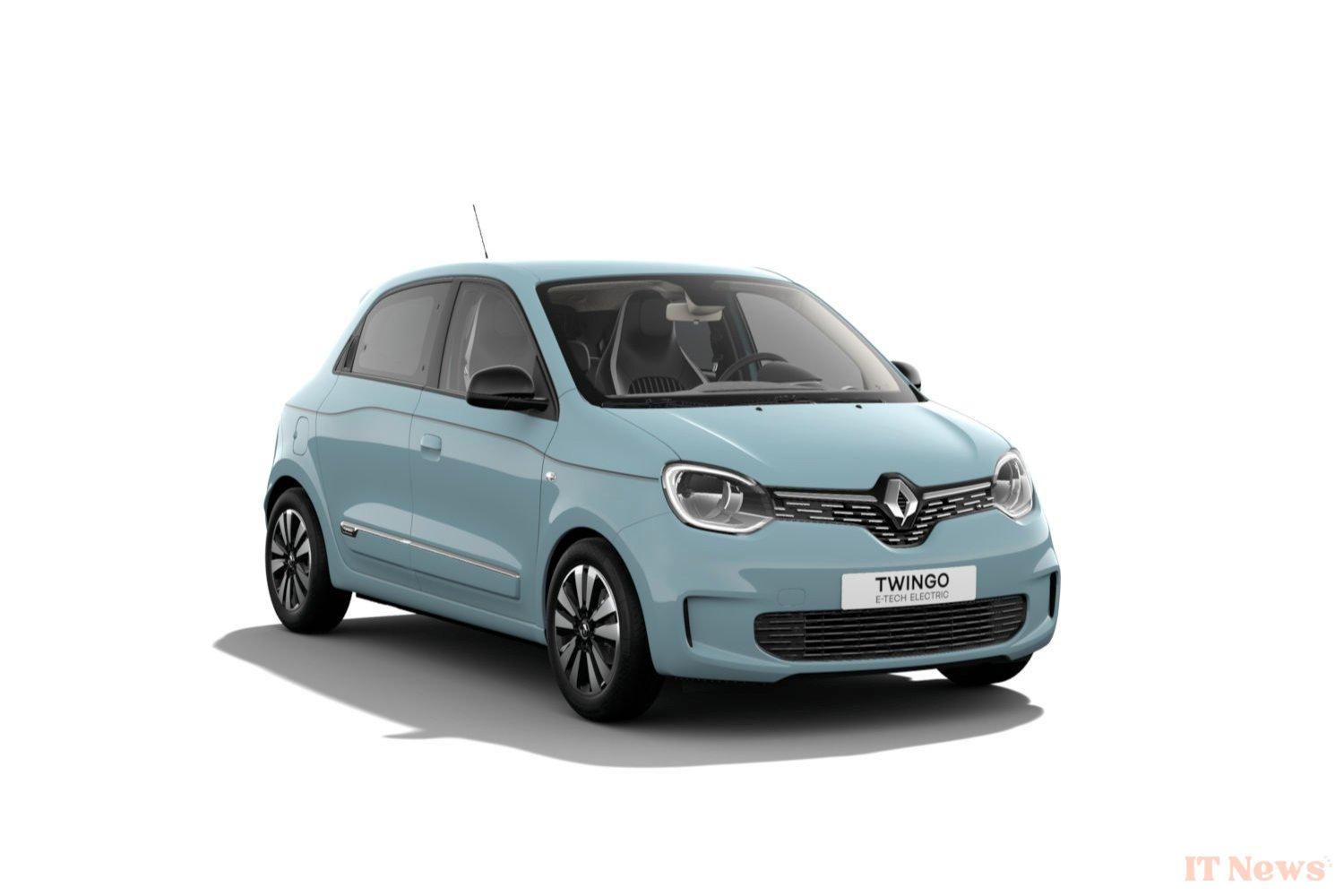
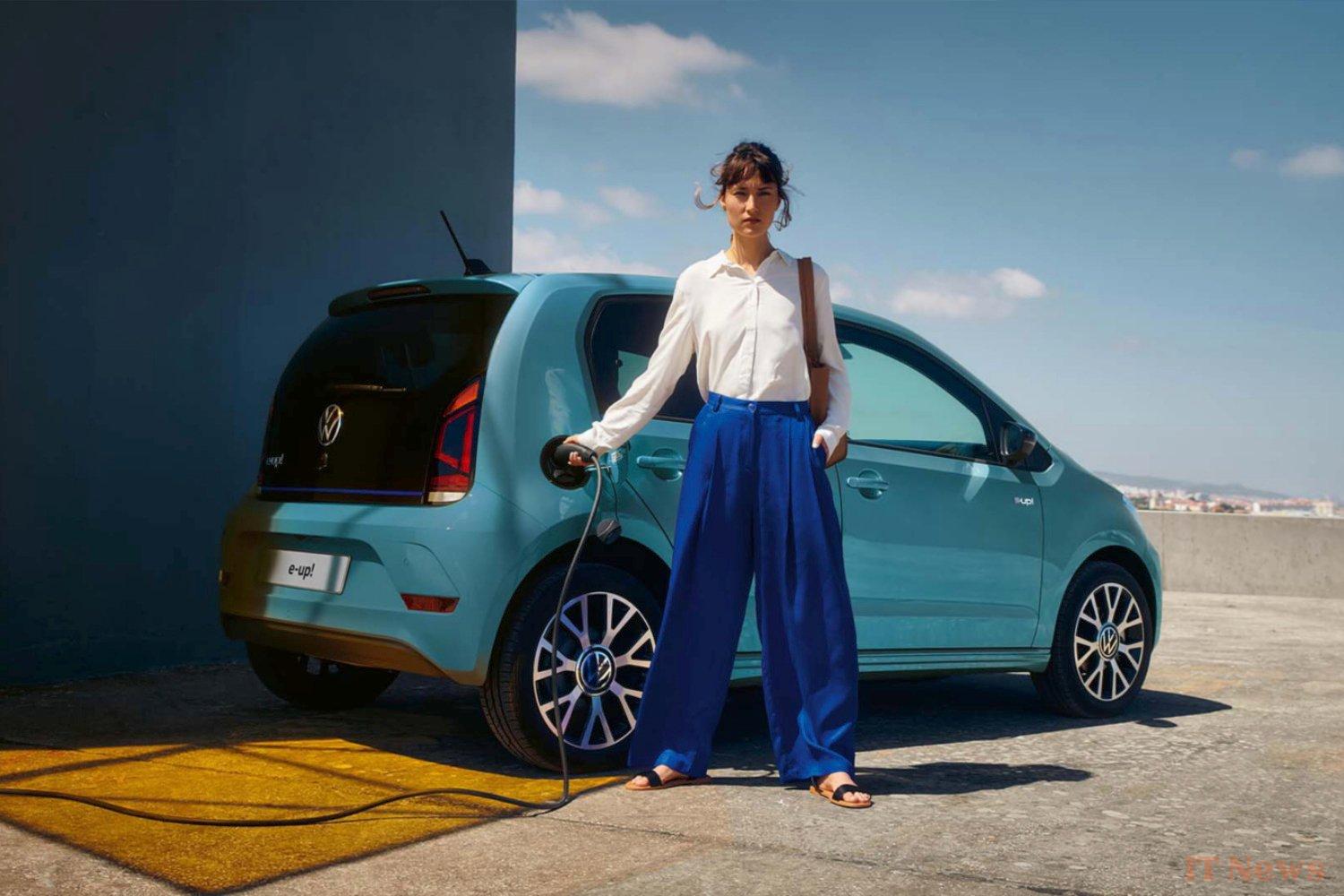


0 Comments